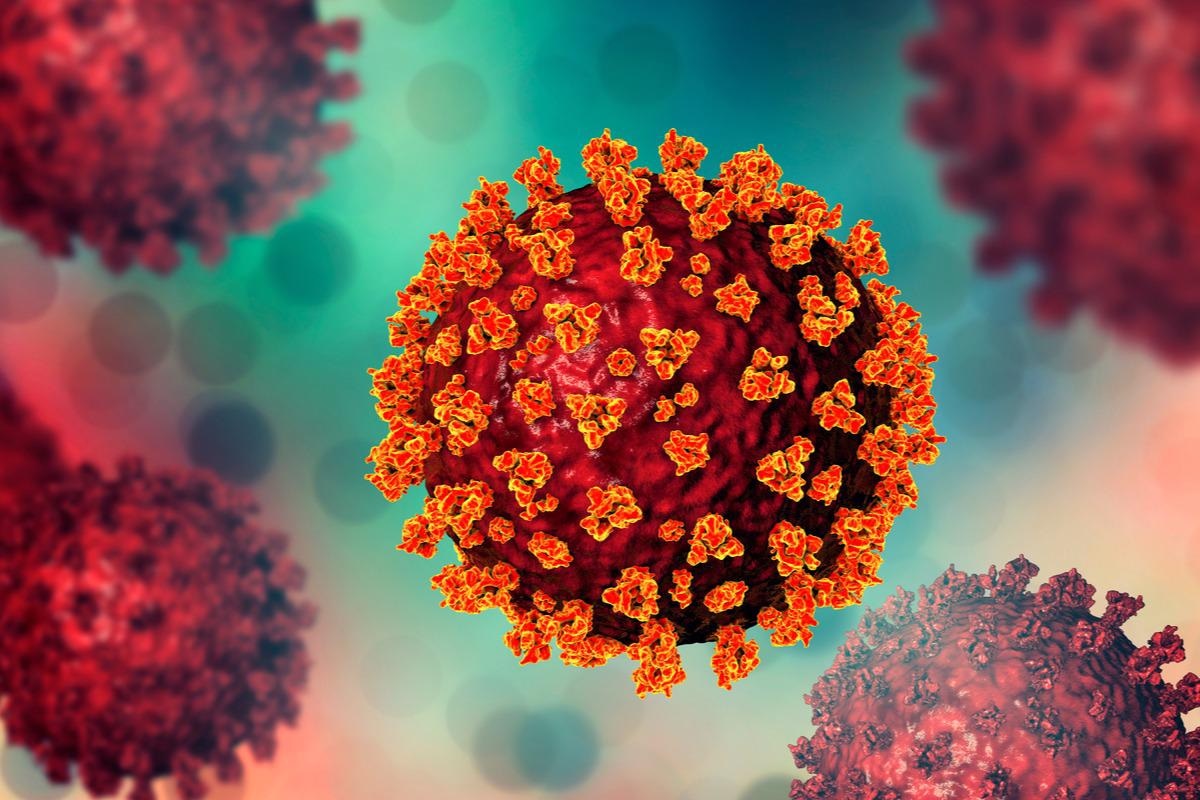In a recent study posted to the bioRxiv* preprint server, researchers investigated protein interactions of severe acute respiratory syndrome coronavirus 2 (SARS-CoV-2) with host and viral ribonucleic acids (RNAs) in infected cells.
 Study: Discovery and functional interrogation of SARS-CoV-2 protein-RNA interactions. Image Credit: Kateryna Kon/Shutterstock
Study: Discovery and functional interrogation of SARS-CoV-2 protein-RNA interactions. Image Credit: Kateryna Kon/Shutterstock

 *Important notice: bioRxiv publishes preliminary scientific reports that are not peer-reviewed and, therefore, should not be regarded as conclusive, guide clinical practice/health-related behavior, or treated as established information.
*Important notice: bioRxiv publishes preliminary scientific reports that are not peer-reviewed and, therefore, should not be regarded as conclusive, guide clinical practice/health-related behavior, or treated as established information.
SARS-CoV-2, a positive-sense single-stranded (+ss) RNA virus, is responsible for the severe morbidity and mortality caused by the coronavirus disease 2019 (COVID-19) pandemic. Several ongoing research works focus on understanding the various mechanisms behind COVID-19 manifestations; however, knowledge regarding conserved viral RNA processes and interactions between host and the viral RNA is still sparse.
About the study
The present study examined how SARS-CoV-2 proteins interact with host transcriptome and viral genome, taking into consideration exogenous expression and authentic virus infection with the help of enhanced crosslinking and immunoprecipitation (eCLIP).
The study involved a lung epithelial cell line BEAS2B, a HEK293T cell line transiently expressing non-structural protein 1 (NSP1), NSP2, NSP12, angiotensin-converting enzyme 2 (ACE2)-overexpressing A549 cell line, an open reading frame 9c (ORF9c), and Vero E6 cells. A549-ACE2 cell lines were cultured in Dulbecco's Modified Eagle Medium (DMEM) supplemented with 10% fetal bovine serum (FBS).
The team performed eCLIP on the Vero E6 cells infected with SARS-CoV-2. The infected cells were then subjected to ultraviolet (UV) radiation which facilitated the cross-linking of RNAs to interacting proteins. NSP8 and NSP12 were immunoprecipitated to become a part of the replication transcription complex (RTC). The SARS-CoV-2 nucleocapsid (N) was also immunoprecipitated to separate the bound RNA with the help of protein-specific antibodies.
Sodium dodecyl sulfate-polyacrylamide gel electrophoresis (SDS-PAGE) was used to resolve the RNA-bound proteins. The resulting RNA was converted into deoxyribonucleic acid (DNA) libraries which were mapped to examine interactions between SARS-CoV-2 proteins and RNAs. Here, the reads obtained from the immunoprecipitation (IP) samples corresponded to crosslinking of RNA to the IP-enriched proteins like N, NSP8, and NSP12, and the reads from input (IN) samples showed the crosslinking of RNA to the RNA-binding proteins (RBPs) of sizes similar to that of the IP proteins.
Relative positional enrichment (∆∆ReadDensity) was evaluated to determine the positioning of highly enriched RBP binding. Relative eCLIP enrichment was also evaluated between N, NSP8, and NSP12 to compare the interactions of RNA with the three proteins. Moreover, to investigate the extent of RNA-protein interaction, the team determined targeted transcripts by obtaining one or more peaks that met the threshold of irreproducible discovery rate.
Differences in gene expression levels of the host target genes, enriched in NSP8 and NSP12 eCLIP, were evaluated by performing mRNA sequencing of Vero 6 cells infected by SARS-CoV-2 across the transcriptome and mapping the target genes as per their expression levels.
Results
The study results showed coverage of over 96% in all IN and IP samples, indicating that a majority of the SARS-CoV-2 viral RNA interacted with the RBPs. ∆∆ReadDensity showed a strong enrichment of eCLIP read density of 103-fold at NSP12 and 573-fold at NSP8 at the 5’ end while only a 0.75-fold enrichment was observed for SARS-CoV-2 N.
Among the reads mapped as per the negative-sense strand in the IN samples, only 0.00075 reads for N, 0.0043 for NSP8, and 0.00076 for NSP12 while in the IP samples, 0.00046 reads for N were observed. However, NSP8 and NSP12 IP samples enriched negative sense reads to 0.039 and 0.067, respectively. The coverage of negative-sense strands in IP samples was 33% in N, 58% in NSP8, and 80% in NSP12.
These findings confirmed that NSP8 and NSP12 are crucial in generating mRNAs (messenger RNAs) for translation by transcription of negative-sense RNA templates, while N facilitated selective association of the viral protein with positive-sense RNA over negative-sense.
Targeted transcription showed that N, NSP8, and NSP12 interacted with 24, 457, and 703 genes, exhibiting significant peaks at 39, 658, and 1457, respectively. NSP8 and NSP12 shared 26% and 18% of target genes between each other, which indicated that the two genes could interact with different genes individually and as a complex. Also, a total of 2137 peaks of IP samples of N were mapped to 1058 host genes, suggesting the ability of N to destabilize the expression of the host gene. The expression of eCLIP host target genes indicated that levels of target mRNAs of NSP8 and NSP12 were notably higher as compared to non-target genes.
Conclusion
The study findings showed that SARS-CoV-2 proteins NSP12, NSP8, and N showed preferences for interacting with specific viral RNA genomic regions and indicated that each protein had distinct as well as shared roles in viral packaging, transcription, and replication.
The researchers believe that the interactions of SARS-CoV-2 proteins with the host transcriptome shed light on viral dependencies on the host and the viral mechanism of infecting the host cell and facilitate the development of novel antiviral treatments.

 *Important notice: bioRxiv publishes preliminary scientific reports that are not peer-reviewed and, therefore, should not be regarded as conclusive, guide clinical practice/health-related behavior, or treated as established information.
*Important notice: bioRxiv publishes preliminary scientific reports that are not peer-reviewed and, therefore, should not be regarded as conclusive, guide clinical practice/health-related behavior, or treated as established information.